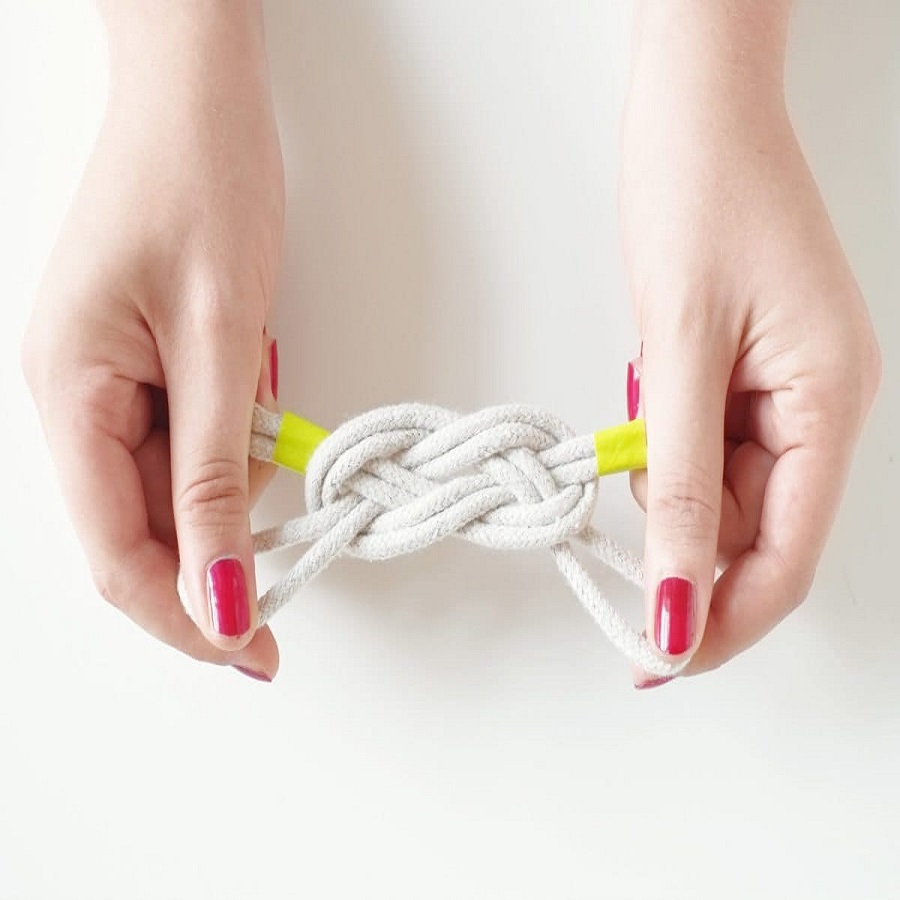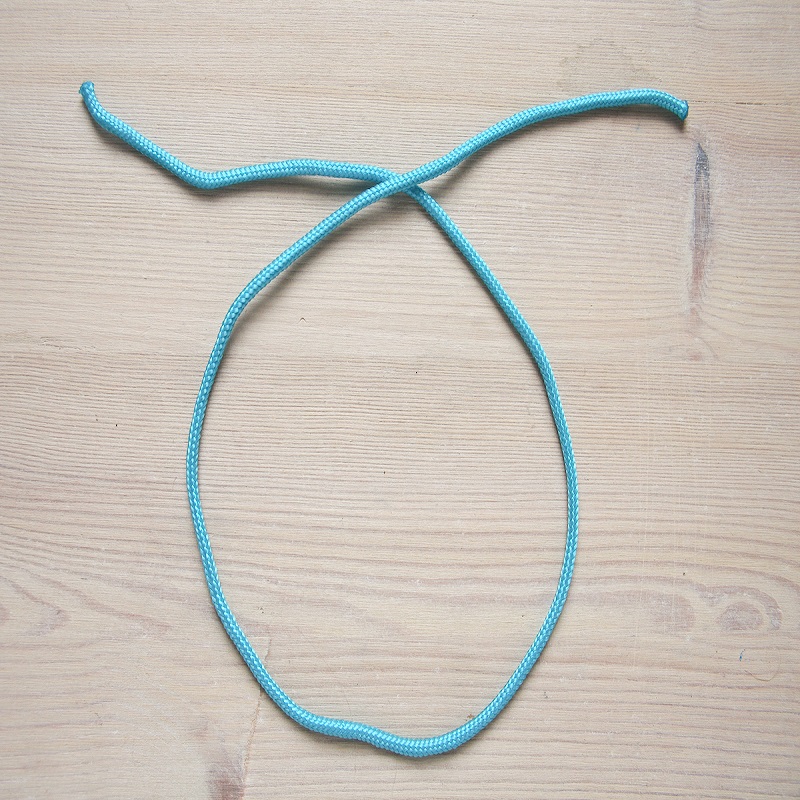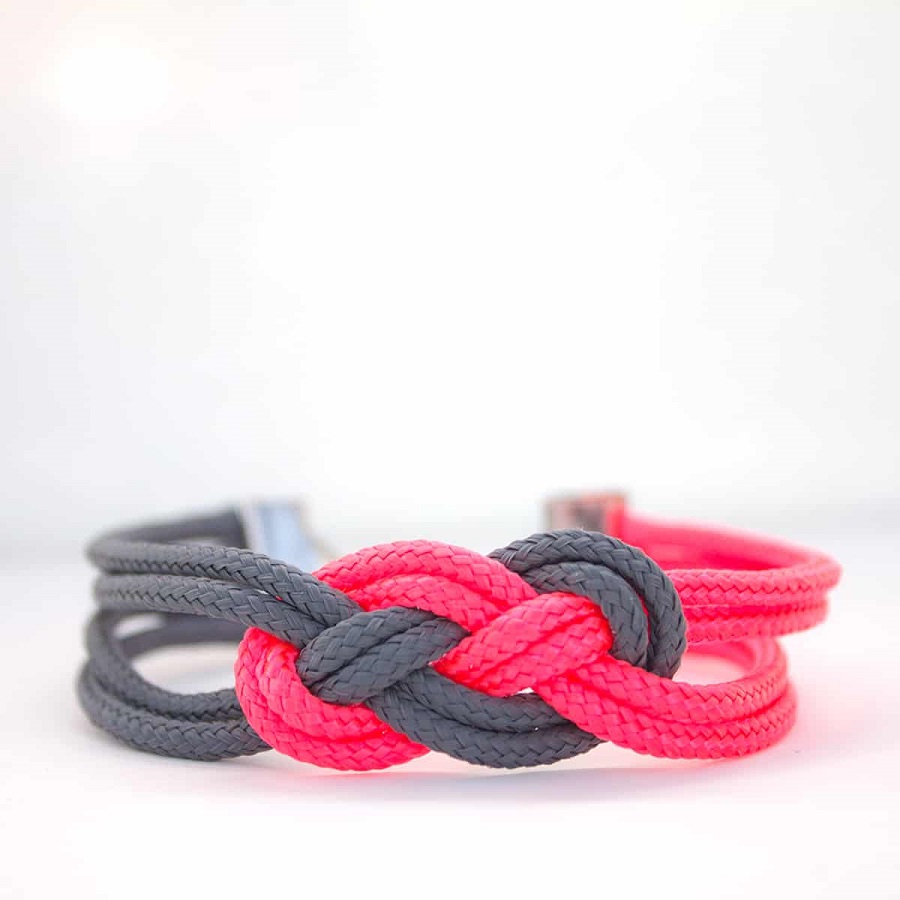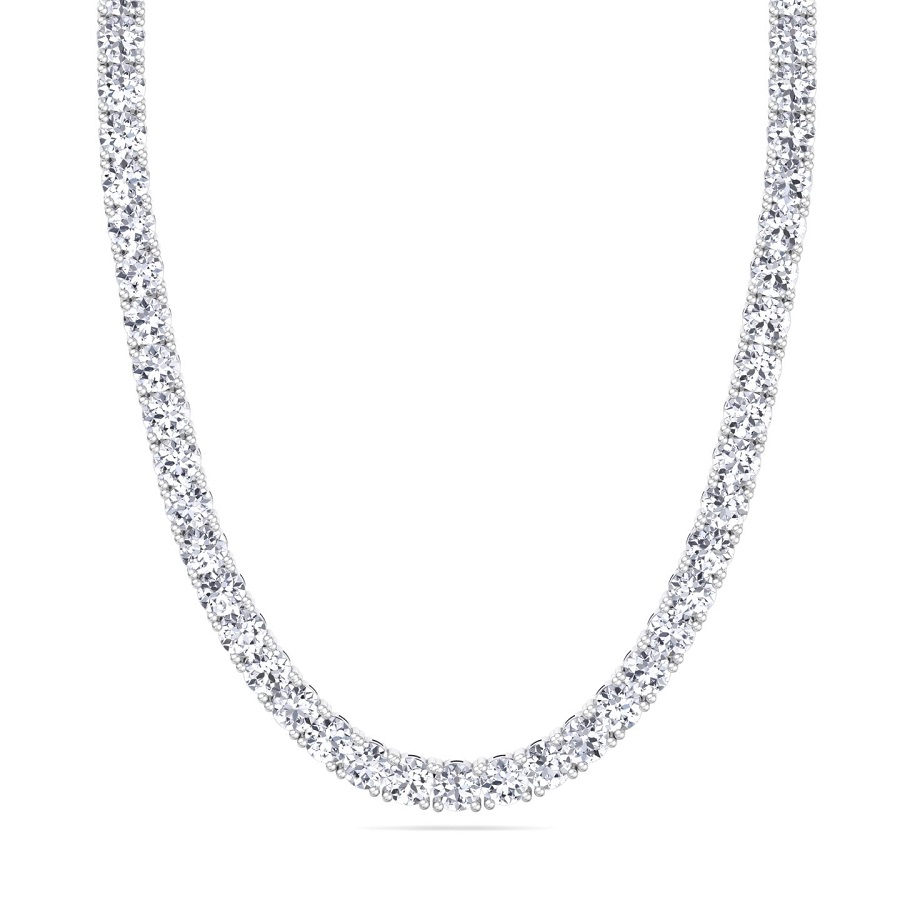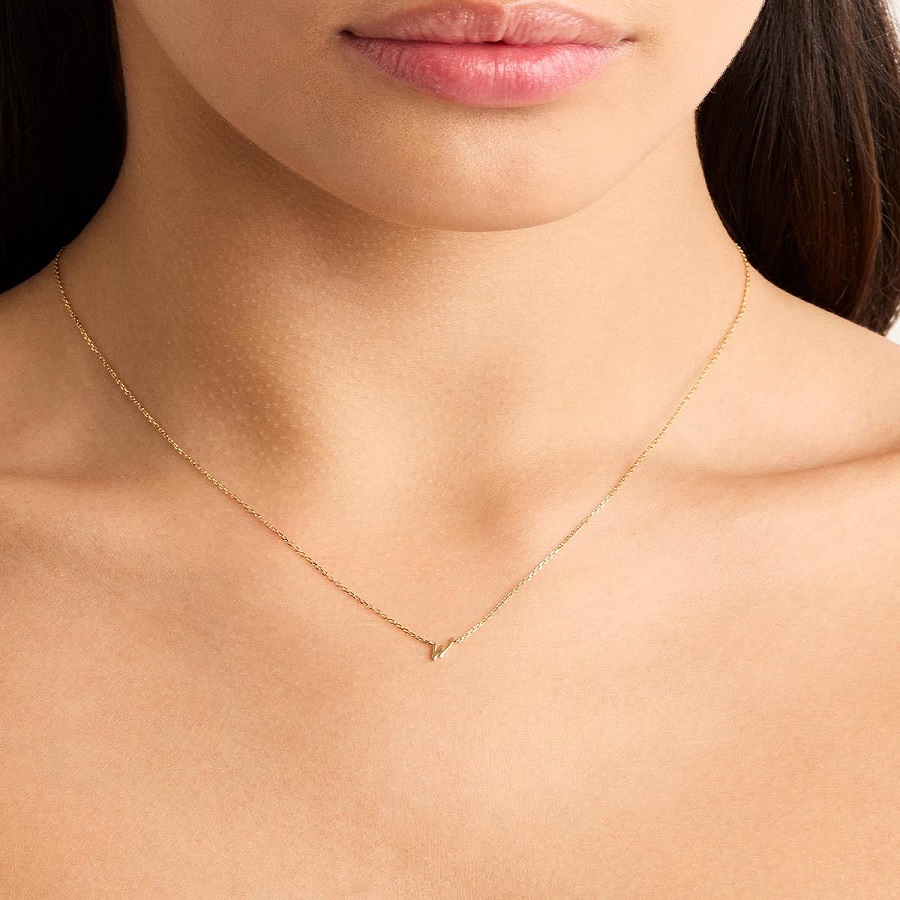Introduction to Surgeon’s Knots
How to tie a knot for a bracelet – When it comes to jewelry making, especially bracelets, one critical skill is knotting. Surgeon’s knots have become a go-to for many crafters. This knot is a reliable choice for ensuring beads or charms stay put.
Surgeon’s knots are like square knots but with an extra twist. They secure elastic or smaller cords well. Why is this knot preferred in jewelry making? The reason is simple. This knot is sturdy and less likely to slip. That’s important when you want to make sure that your bracelet won’t come undone.
This introduction will guide you through the basics of how to tie a knot for a bracelet using surgeon’s knots. Whether you’re making a simple beaded bracelet or a more complex design, understanding how to tie a surgeon’s knot will give you a good foundation.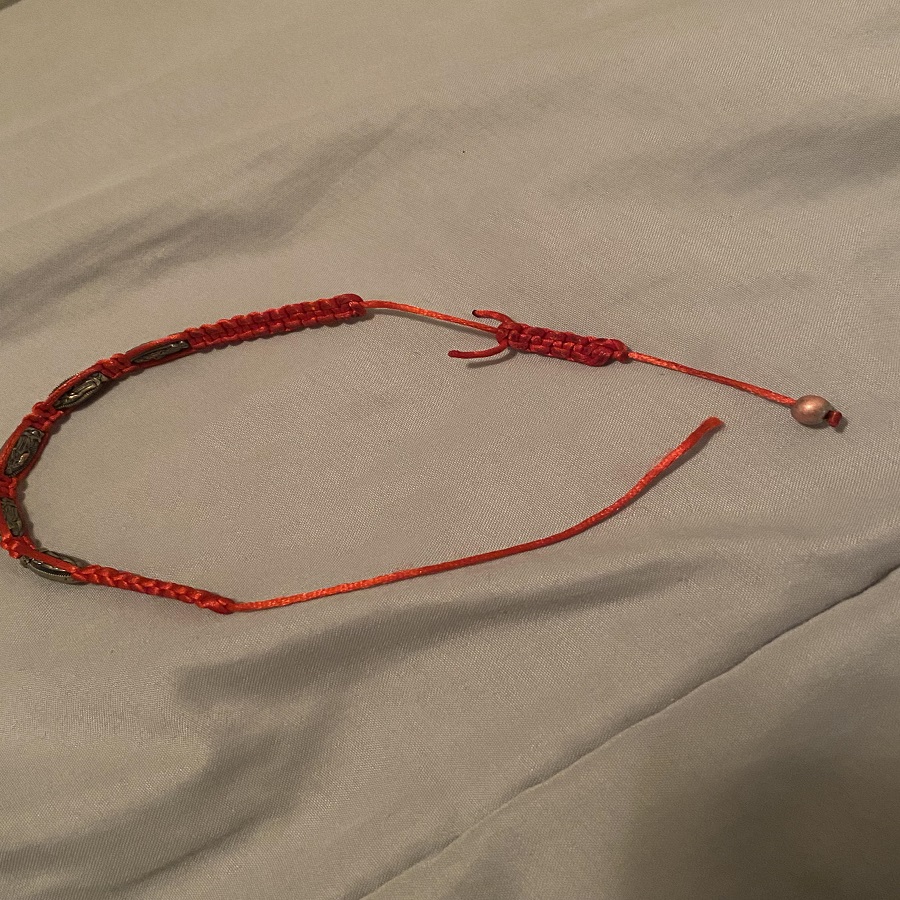
Materials Needed for Tying Bracelet Knots
Before diving into tying surgeon’s knots, it’s essential to gather the right materials. Here’s what you’ll need to make your bracelet-making experience smooth and successful.
- Elastic Cord: This is the base of your stretchy bracelet. Opt for quality cord for durability.
- Beads or Charms: Choose your design elements to add personal style to your bracelet.
- Scissors: Use sharp scissors for cutting the cord cleanly.
- Pliers or Tweezers: They may help in pulling the knot tight.
- Glue: A dab of strong glue ensures the knot stays secure after tying.
- Clipboard or Tape: These can hold the bracelet in place as you work.
When selecting your elastic cord, consider the size of the beads’ holes. The cord should fit through easily yet be thick enough to hold them tightly. For the glue, look for types specifically designed for jewelry making as they’re made to bond well with cords and beads alike. With these materials prepared, you’re well on your way to learning how to tie a knot for a bracelet.
Preparing the Elastic Cord for Knotting
Before you begin to learn how to tie a knot for a bracelet, preparing your elastic cord is key. Here’s how to prep it for the perfect surgeon’s knot:
- Measure: First, measure the length of cord you’ll need. Add a few extra inches to allow for the knot and adjustments.
- Inspect: Check the cord for frays or damage. Damaged cord can lead to an unreliable bracelet.
- Stretch: Give the cord a gentle stretch. This primes it for use and helps prevent overstretching when worn.
- Thread: Slide your beads or charms onto the cord now. It’s easier to tie the knot without them in the way later.
Taking these steps ensures your cord is in the best condition for tying a secure surgeon’s knot. They’ll make the next stage of the process smoother and help ensure the longevity of your bracelet.
The Step-by-Step Process of Tying a Surgeon’s Knot
Now that you have your materials ready, follow these steps to master how to tie a knot for a bracelet:
- Cross the Ends: Lay the elastic cord flat and cross the loose ends over each other.
- Wrap the Top End: Take the end that is on top and wrap it around the other end twice.
- Tie the Knot: After wrapping, pull the ends to tie them together in a simple knot.
The double wrap in this knot is what makes the surgeon’s knot special. It adds extra strength and keeps the knot tight. This is why it’s great for stretchy bracelets.
- Final Tug: To ensure the knot is as tight as possible, use pliers or tweezers. Pull carefully to avoid damaging the cord.
- Add Glue: Dab a small amount of glue onto the knot for extra security. Let it dry completely before wearing the bracelet.
Following these steps will give you a strong and reliable surgeon’s knot. This will keep your bracelet securely fastened around your wrist.
Tips for a Secure and Reliable Knot
When making bracelets, it’s crucial that the knots you tie are both secure and reliable. Here are some tips to ensure that your surgeon’s knots meet these standards:
Double Check the Tightness: After tying the initial knot, pull on the ends once more to confirm they’re snug. This helps prevent the knot from loosening.
Use the Right Amount of Glue: Apply just a small drop to the knot. Too much may make the bracelet stiff; too little won’t secure the knot.
Avoid Over-stretching: Don’t pull the cord too hard when tying the knot. Over-stretching can weaken the cord and result in a less durable bracelet.
Cut Excess Cord Carefully: After the glue dries, trim any excess cord close to the knot. Leave just enough to ensure the knot stays intact.
Inspect Your Work: Always look over the knot before wearing the bracelet. Ensure the knot is tight, the glue is dry, and there are no frays.
By keeping these simple yet effective tips in mind, you’ll greatly increase the chances of creating a bracelet that’s not only attractive but also stands the test of time. This ensures your handcrafted jewelry piece can be worn with confidence, knowing that it’s secure.
Finishing Touches: Properly Sealing the Knot
Once you’ve mastered how to tie a knot for a bracelet using surgeon’s knots, the final step is ensuring it’s properly sealed. This extra precaution helps maintain the knot’s integrity and longevity. Here’s how to properly seal the knot for your bracelet:
- Inspect the Knot: Make sure the knot is tight and well-formed. No loose ends should be visible.
- Apply Glue: Use a toothpick to apply a small drop of jewelry glue directly onto the knot. Jewelry glue is preferable as it’s designed for such materials and holds well.
- Allow it to Dry: Let the glue dry completely. It may take a few hours. Avoid moving or stretching the bracelet during this time.
- Trim the Excess Cord: Once the glue is dry, carefully trim the excess cord close to the knot. Leave just enough to keep the integrity of the knot.
- Final Check: Do a final check to ensure everything is in place. The bracelet should feel secure and ready to wear.
Sealing the knot properly not only secures it but also gives your bracelet a neat finish, ensuring the wearable durability of your handmade accessory.
Additional Knot Styles Suitable for Bracelets
Exploring various knot styles can enhance your bracelet designs. Each knot type offers different benefits and aesthetics. Here are some additional knot styles that are great for bracelet making:
- Lark’s Head Knot: Ideal for attaching charms or pendants. Simply fold your cord in half, loop it through the charm, and pull the ends through the loop.
- Slip Knot: This adjustable knot is perfect for bracelets that need to fit various wrist sizes. Create a loop and pull one end of the cord through it to form a knot. Adjust by sliding.
- Square Knot: Great for creating a flat, decorative band. Twist two cords continuously in right over left and left over right formations.
- Fisherman’s Knot: Best for joining two pieces of cord. Tie a basic knot with each end around the opposite standing line, then pull tightly.
Each of these knots can add unique touches to your bracelets, providing both functionality and style. Experimenting with different knots will open up further possibilities in your jewelry making projects.
Troubleshooting Common Issues during Knot Tying
Even with the best preparation, you may encounter issues when tying knots for your bracelets. Here’s how to address some common problems:
- Knot is too loose: If your knot isn’t holding, you might need to double-check the tightness. Make sure to pull both ends firmly after wrapping.
- Cord damage: A damaged cord can fail at the knot. Inspect the cord before starting and replace it if there’s any sign of wear.
- Glue issues: If the knot becomes sticky or stiff, you might be using too much glue. Apply just a tiny amount and allow it to dry completely.
- Knot becomes undone: This usually happens if the knot wasn’t tied correctly. Go back to the step-by-step process and ensure you’re giving an extra wrap before finishing the knot.
- Difficulty tightening the knot: Sometimes, it’s tricky to pull the knot tight. Use pliers or tweezers to grip the cord without slipping.
Remember, practice is key when learning how to tie a knot for a bracelet. The more you tie surgeon’s knots, the more skilled you’ll become at identifying and fixing issues quickly.